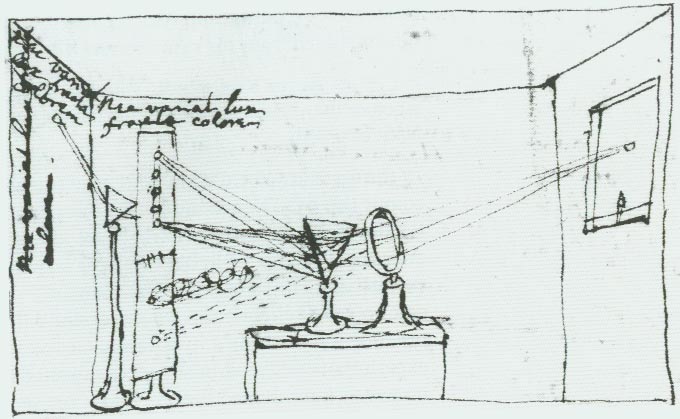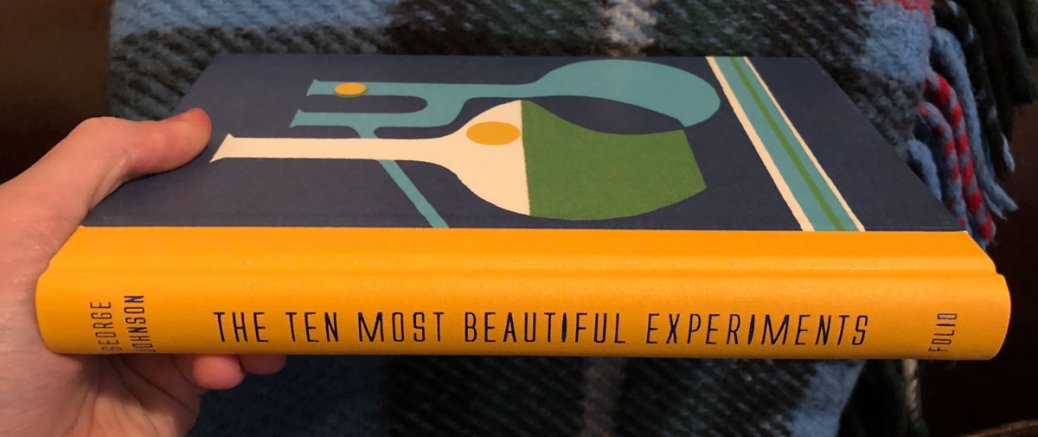In this short and interesting book George Johnson explains the ideas and experimental setup behind 10 experiments that changes our worldview through beautiful experiments.
I highly enjoyed this book: it was straightforward, easy to ready and having been printed by the Folio Society, an absolute dream of a book. The pages are heavy duty, the book beautiful designed, with pictures of the experiments and scientists scattered all over and a cover to die for.
It starts off at the beginning of the scientific revolution with Galileo, continuing through Harvey, Newton, Lavoisier, Galvani, Faraday, Joule, Michaelson, Pavlov and ending with Milikan. The experiments described are mainly in physics and anatomy. Each chapter has been selected mainly because the scientists performed a beautiful experiment, being both simple but still powerful enough to make a scientific leap forward.
Personally, I enjoyed the chapters on Newton and Pavlov the most, perhaps simply because I was ignorant of many of their achievements.
Newtons refraction experiments are indeed beautiful: shut away from Cambridge due to the plague, he went to his family home and apparently became obsessed with figuring out how we saw light and colors. At the time, it was thought that objects emitted a ray of color, that color was due to weird rotations of aether, or as Robert Hooke explained, that white was a pure color and everything was cause by aberration on this Platonic ideal.
Experimenting on himself, anatomizing animals’ eyes and playing with lenses, Newton sets out to figure out the truth. There’s a playfulness to the enterprise and a willingness to try whatever method that will get him closer to the goal – including poking around his own eye socket. His beautiful experiment consists of splitting “white” light – refracting it – using prisms, showing that white light is not at all pure, but actually consists of all the other colors: it’s a combination of them all. Having refracted the light, he then did a “rescue” experiment with lenses, showing that you could combine the colors back together again. Fantastic! Colors arise, not by emitting some colorful substance, but by refracting the light from the sun differently.
 The experimentum crucis by Newton, in which the light from the sun is refracted through a prism.
The experimentum crucis by Newton, in which the light from the sun is refracted through a prism.
The book is filled with anecdotes, quotes from the scientists and extensive background on the environment in which they performed the experiment. For me this was – after the descriptions of the experiments itself – the most interesting parts of the book: it gives a unique insight into the thinking at the time, a sort of history of ideas to be usurped by a single, definite experiment. This is somewhat sobering: what we believe to be the truth right now is only an experiment away from throwing us into confusion and wonder again. Impressively, George Johnson succeeds in describing this history of science in a very concise and easy-to-follow manner.
All in all “The 10 Most Beautiful Experiments” is itself a beautiful book and I can definitely recommend it: perhaps as a gift for budding scientists.
